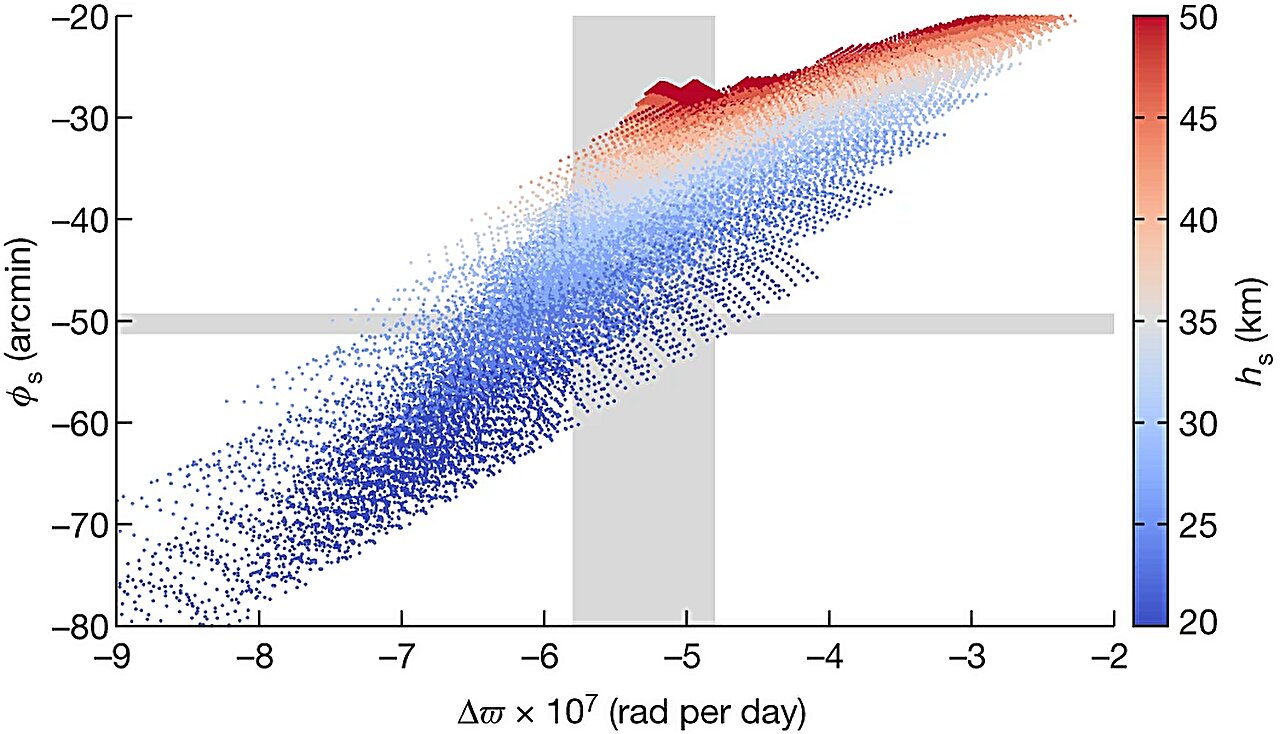
Could life be found in frozen sea spray from moons orbiting Saturn or Jupiter? New research finds that life can be detected in a single ice grain containing one bacterial cell or portions of a cell...
Read More

Could life be found in frozen sea spray from moons orbiting Saturn or Jupiter? New research finds that life can be detected in a single ice grain containing one bacterial cell or portions of a cell...
Read More
Cornell University astrobiologists have devised a novel way to determine ocean temperatures of distant worlds based on the thickness of their ice shells, effectively conducting oceanography from space.
Available data showing ice thickness variation already allows a prediction for the upper ocean of Enceladus, a moon of Saturn, and a NASA mission’s planned orbital survey of Europa’s ice shell should do the same for the much larger Jovian moon, enhancing the mission’s findings about whether it could support life.
The researchers propose that a process called “ice pumping,” which they’ve observed below Antarctic ice shelves, likely shapes the undersides of Europa’s and Enceladus’ ice shells, but should also operate at Ganymede a...
Read More
Hidden beneath the heavily cratered surface of Mimas, one of Saturn’s smallest moons lies a secret: a global ocean of liquid water. This astonishing discovery, led by Dr...
Read More
Two Southwest Research Institute scientists were part of a James Webb Space Telescope (JWST) team that observed a towering plume of water vapor more than 6,000 miles long—roughly the distance from the U.S. to Japan—spewing from the surface of Saturn’s moon, Enceladus...
Read More
Recent Comments